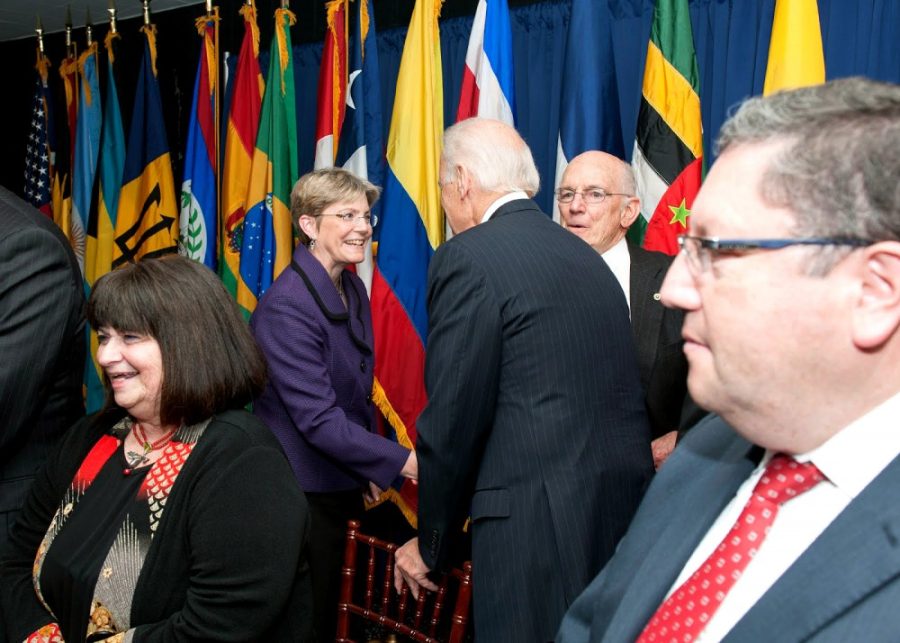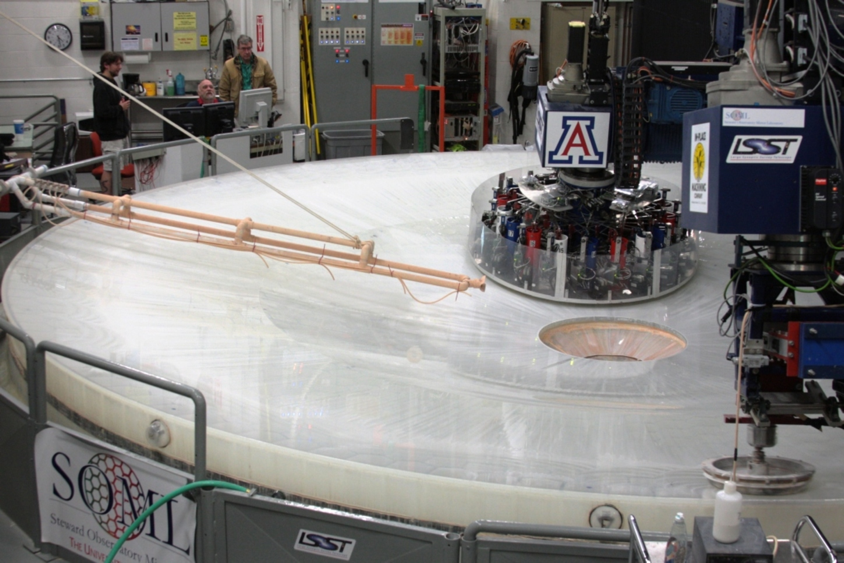Secretary of State John Kerry announced last month that the UA will be one of the first four higher learning institutions to receive a grant as part of the 100,000 Strong in the Americas initiative.
100,000 Strong in the Americas was by President Barack Obama in partnership with the Department of State and the National Association of Foreign Student Advisers Association of International Educators and Partners of the Americas. The initiative will develop international partnerships between the U.S., Latin America and the Caribbean in order to make study abroad and student exchanges more available.
Mary Poulton, head of the UA Department of Mining and Geological Engineering, along with a grant writing team from the Office of Global Initiatives and advisers from Study Abroad and Student Exchange, worked for about a month on the winning proposal. Poulton was approached by the OGI to collaborate on the proposal.
Poulton said she was thrilled that the grant was selected.
“It was extremely competitive,” Poulton said. “They got 114 proposals and only funded four.”
The grant proposed creating the UA Latin America Natural Resources Academy, an exchange of undergraduate students pursuing STEM degrees at the UA and in Latin America that would begin this fall.
“Basically, what the program does is create an exchange of students between the UA and partner universities in Chile and Peru,” said Harmony DeFazio, study abroad adviser and co-principal investigator on the grant.
“There will be ideally six students going from the UA down to Chile and Peru,” DeFazio said, “and a total of six coming from Peru and Chile to study at the UA during that same semester.”
According to Poulton, students participating in the exchange program will take three courses and receive a formal certificate as part of the process.
“It’ll actually show up as a credential for them and be useful on their resumes,” Poulton said.
Poulton said she believes it is important for anyone working in natural resources today to have international experience.
“Particularly, having a perspective from Latin America is important because it’s one of the highest growth areas economically,” Poulton said. “There are a lot of similarities in natural resources issues between Arizona and many countries in Latin America. And with our proximity to Mexico, obviously we want students to be culturally competent in Latin American cultures and fluent in Spanish.”
Some of the funding provided by 100,000 Strong in the Americas will be used to create scholarships for both U.S. and Latin American students, DeFazio said.
The UA students involved in the UA Latin American Natural Resource Academy will study either at the Pontificia Universidad Católica del Perú or the Pontificia Universidad Católica de Chile, both universities with well-regarded STEM programs.
While this particular program targets mining and geological engineering students, it is part of a continuing effort by the UA to increase study abroad opportunities for science, technology, engineering and mathematics students.
Jill Calderón, program director, Latin America, for the Office of Study Abroad and Student Exchange and collaborator on the grant, said that the program is in line with the goals of Study Abroad and Student Exchange to increase opportunities for STEM students.
“We are really looking at increasing mobility between UA and Latin America,” Calderón said. “We’re really excited about specifically working with STEM departments around campus to involve their students.”
Poulton said she hopes the program continues to grow in the future.
“We’re clearly looking at Mexico as a place to expand this,” she said, “and we’re hoping that the government and the private partners that are funding this will continue to expand their support, so that we can add more countries and more students.”









